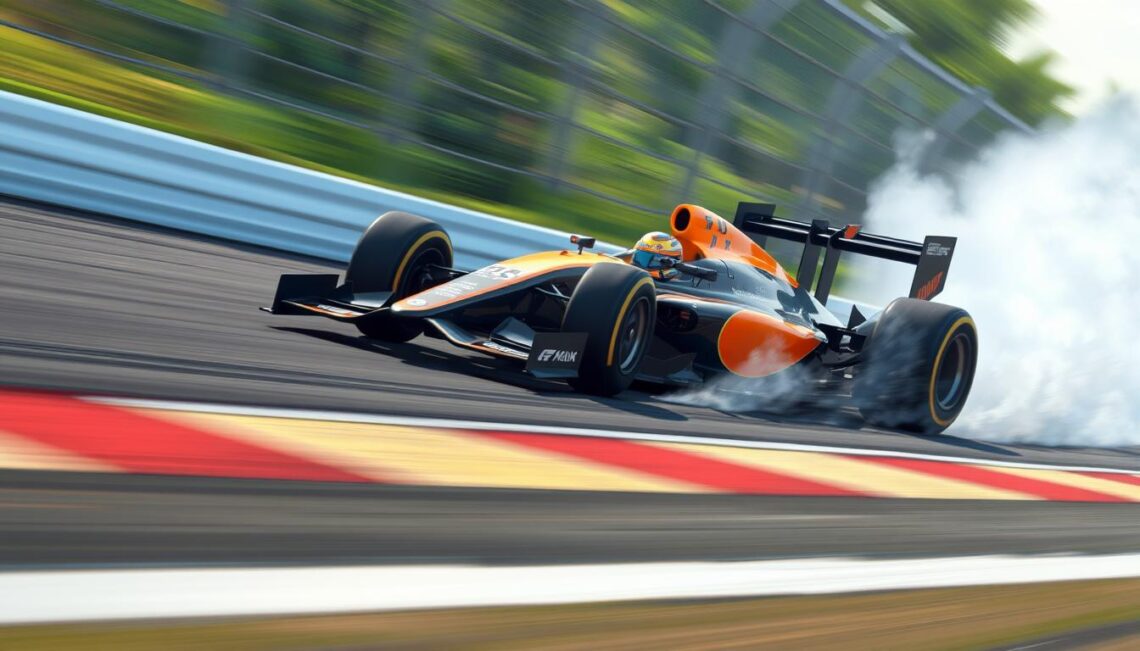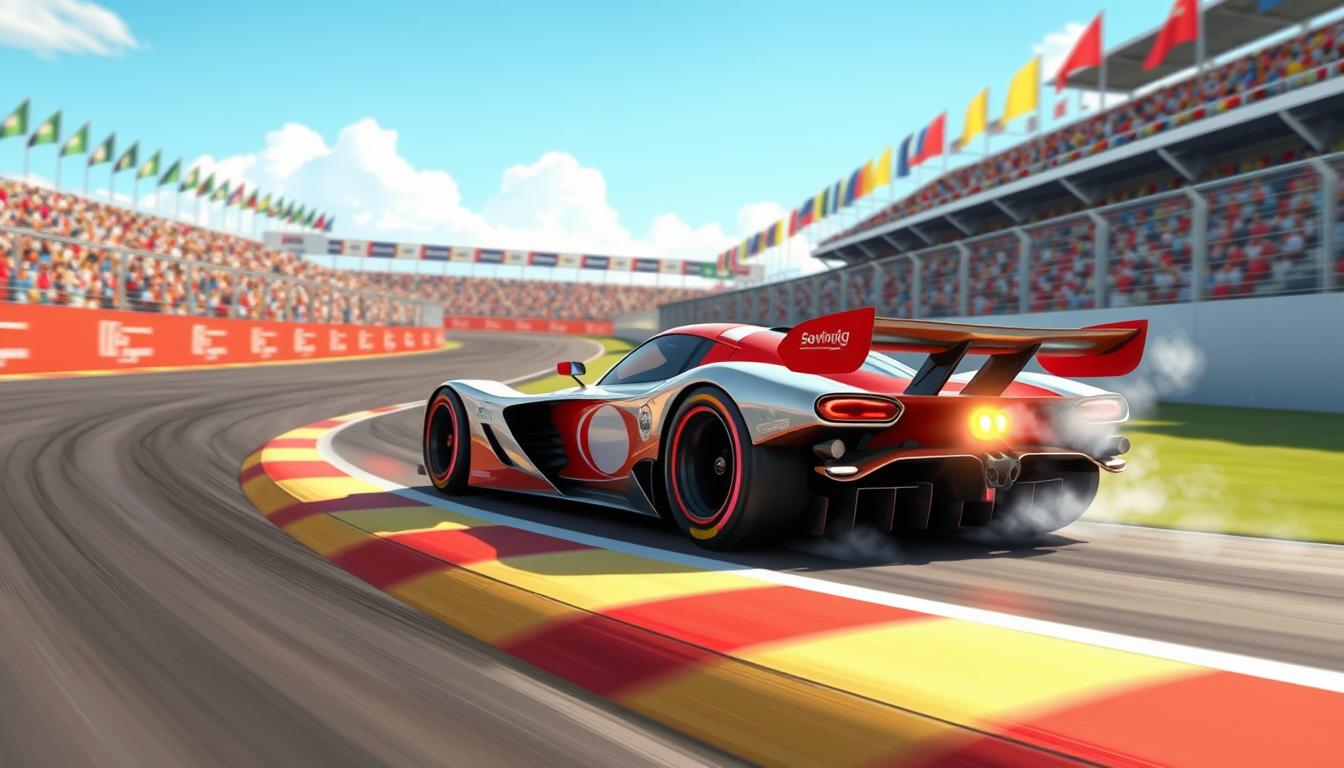In the world of motorsport, mastering advanced racing techniques is crucial for anyone looking to dominate the track. It takes more than just raw speed and instinct; it requires a deep understanding of racing strategy and precision. Successful racers implement a combination of skills, training regimes, and an acute awareness of vehicle dynamics to gain an edge. As you delve into this article, you’ll discover the essential components of effective racing that include both physical prowess and mental agility, ensuring you elevate your motorsport skills to new heights.
Mastering the Art of Speed Management
The intricacies of speed management play a pivotal role in determining success on the racetrack. For drivers, understanding the nuances of throttle control and effective braking techniques provides a competitive edge. Mastering these elements not only enhances racing performance but also contributes to maintaining control and stability throughout the race.
Understanding Throttle Control
Throttle control involves managing the accelerator with precision. A driver’s ability to modulate throttle input can directly influence cornering speeds and overall vehicle stability. Incorporating techniques such as feathering the throttle allows for smoother acceleration and deceleration. Learning to match revs during downshifts becomes essential in preventing wheel lock-up, ensuring a seamless transition through turns.
Braking Techniques for Optimal Performance
Efficient braking is essential to successful speed management. Techniques like threshold braking and trail braking enable drivers to reduce speed without sacrificing precious seconds on the track. Mastering these methods allows for optimal performance during corners and straightaways. Examining methods used in renowned racing leagues, such as Formula 1 and NASCAR, underscores the significance of minor adjustments in braking. These adjustments can lead to pronounced competitive advantages.

| Braking Technique | Description | Key Benefits |
|---|---|---|
| Threshold Braking | Pushing the brake pedal to the point just before wheel lock-up. | Reduces stopping distance, maintains control. |
| Trail Braking | Continuing to apply brakes while turning into a corner. | Helps maintain speed throughout the corner, enhances cornering grip. |
Advanced Racing Techniques to Dominate the Track
Achieving success in competitive racing relies on a meticulous approach to various advanced techniques. Mastering line selection, apexing, weight transfer, and effective cornering strategies can dramatically enhance lap times and overall performance on the track. Below, we explore how these elements interact to provide racers with a strategic edge.
Line Selection and Apexing
The essence of speed on the track stems from proper line selection. Identifying the best trajectory maximizes velocity through turns. Apexing, the moment a vehicle is closest to the inside edge of the corner, plays a pivotal role. Hitting the apex perfectly allows drivers to accelerate earlier and exit with greater momentum, thereby shortening lap times. Recognizing where to initiate lines and when to apply apexing techniques can differentiate top drivers from the rest.
Utilizing Weight Transfer Effectively
Weight transfer directly influences tire grip, an essential factor during cornering. When turning, weight shifts to the outer tires, enhancing their grip while reducing it on the inner tires. Understanding this dynamic allows drivers to optimize weight distribution. Balancing weight transfer enables better control, especially when entering and exiting corners. Knowledge of this principle leads to improved handling and stability on the track.
Cornering Strategies for Competitive Advantage
Employing varied cornering strategies can provide a significant edge over competitors. Techniques such as late apexing offer a unique advantage, allowing drivers to carry more speed through the turn and reducing the time spent on the brakes. In contrast, early apexing may be beneficial in specific scenarios where maintaining tighter control is critical. Evaluating the track layout and adjusting cornering strategies accordingly will yield improved outcomes in competitive racing.

The Importance of Mental Preparedness in Racing
In the world of racing, the significance of mental preparedness cannot be overstated. While technical skills like throttle control and precision braking are essential, the psychological aspect plays an equally critical role in achieving peak performance. A positive mindset, sharp focus, and strategic thinking are key components that can greatly enhance a racer’s ability to excel on the track.
Techniques such as visualization, mental rehearsal, and scenario planning are invaluable for preparing racers for the varied conditions they may encounter. By picturing themselves navigating challenging turns or maintaining composure after unexpected events, athletes can bolster their confidence and reinforce a competitive mindset. Research in racing psychology shows that elite athletes often engage in these practices to sharpen their mental acuity, which directly impacts their racing performance.
Furthermore, studies have demonstrated that racers who cultivate a strong mental framework tend to perform better under pressure. Insights from sports psychologists highlight the correlation between mental readiness and motor skills execution in high-stakes environments. Thus, racing is as much about training the mind as it is about honing technical abilities. Embracing these strategies can profoundly influence any racer’s journey towards dominating the track.

